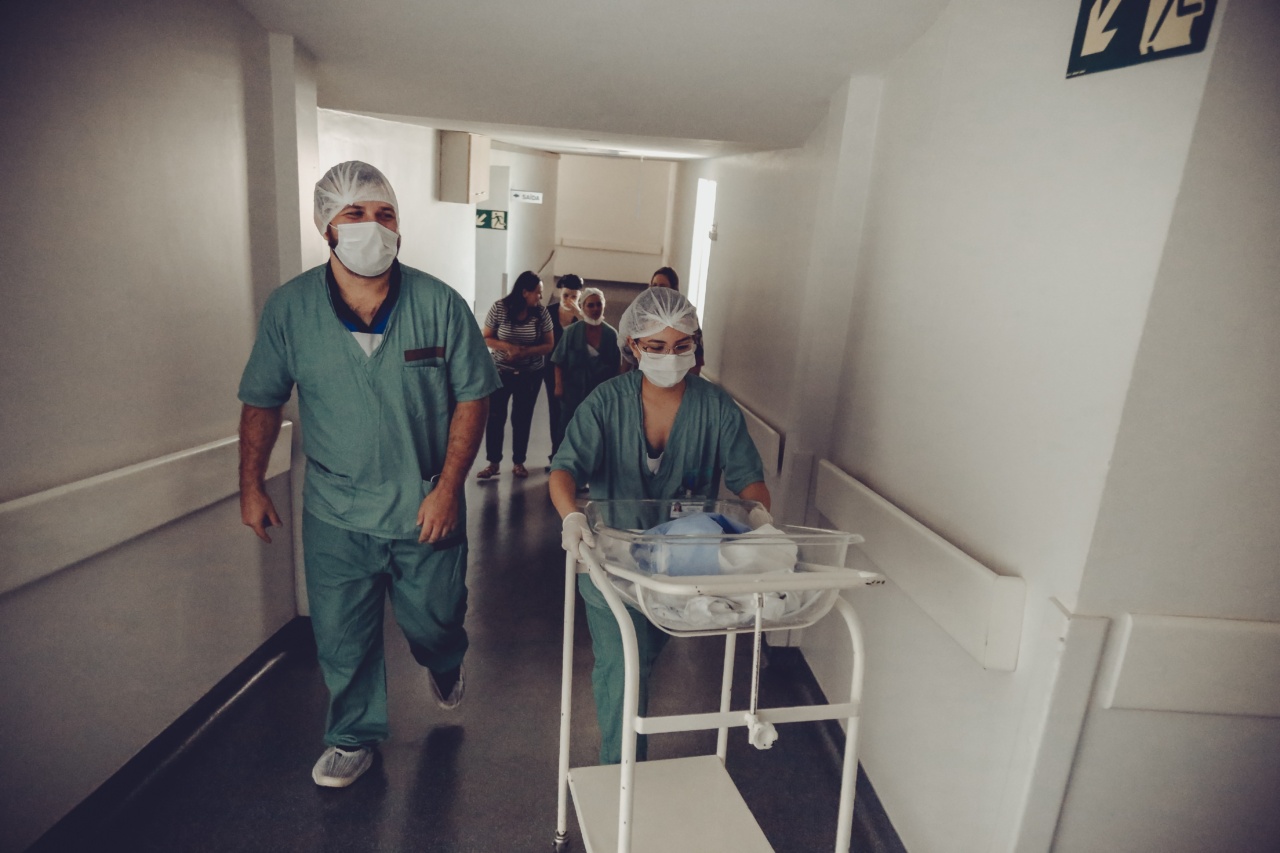Postpartum pelvic floor dysfunction syndrome (PPPDS) is a common condition that occurs in women after giving birth. It is characterized by a range of symptoms including urinary or fecal incontinence, pelvic pain, and sexual dysfunction.
PPPDS can have a significant impact on a woman’s quality of life, and it is important to seek treatment to manage the symptoms and prevent further complications.
Causes and Risk Factors
There are several contributing factors to the development of PPPDS, including:.
- Delivery trauma: vaginal delivery can cause damage to the pelvic floor muscles, nerves, and connective tissue.
- Episiotomy: women who have an episiotomy are at an increased risk of PPPDS, as it can cause scarring and damage to the muscles.
- Prolonged labor: the longer a woman is in labor, the more likely she is to experience PPPDS.
- Large baby: women who deliver a larger baby may be more likely to have PPPDS as it can cause damage to the pelvic floor muscles and nerves.
- Obesity: overweight and obese women are at an increased risk of PPPDS, as the excess weight puts additional strain on the pelvic floor muscles.
- Age: women over the age of 35 are at an increased risk of PPPDS as the pelvic floor muscles weaken with age.
Symptoms
The symptoms of PPPDS can vary from woman to woman, but may include:.
- Urinary incontinence: leaking urine when coughing, sneezing, laughing, or exercising.
- Fecal incontinence: the involuntary passing of feces.
- Pelvic pain: pain in the pelvic region, including the hips, lower back, and thighs.
- Sexual dysfunction: pain during intercourse or reduced sexual sensation.
- Pelvic organ prolapse: a condition where the uterus, bladder, or rectum can protrude into the vaginal canal.
Diagnosis and Treatment
If a woman is experiencing symptoms of PPPDS, she should seek medical advice from a healthcare professional, such as a gynecologist or urologist.
The healthcare professional may perform a physical examination and take a medical history to determine the extent of the condition.
Treatment for PPPDS typically involves a combination of lifestyle modifications, pelvic floor exercises, and in some cases, surgery. Lifestyle modifications may include losing weight, quitting smoking, and avoiding constipation.
Pelvic floor exercises, such as Kegels, can help strengthen the pelvic floor muscles, which can reduce incontinence and improve sexual function.
If these methods are not effective, surgery may be an option. There are several surgical procedures available for PPPDS, including vaginal or abdominal repair surgery, which can help to improve the function of the pelvic floor muscles.
Prevention
There are several steps that women can take to reduce the risk of developing PPPDS, including:.
- Regular exercise: maintaining a healthy weight and exercising regularly can help to strengthen the pelvic floor muscles.
- Kegel exercises: performing Kegel exercises during and after pregnancy can help to prevent PPPDS.
- Good nutrition: eating a diet rich in fiber can help to prevent constipation.
- Prenatal care: attending regular prenatal checkups can help to ensure that the baby is growing normally and that the pregnancy is progressing well.
Conclusion
PPPDS is a common condition that affects many women after childbirth.
The condition can have a significant impact on a woman’s quality of life, but there are several treatment options available to manage the symptoms and prevent further complications. Women should seek medical advice if they are experiencing symptoms of PPPDS, and take steps to reduce the risk of developing the condition in the first place.






























